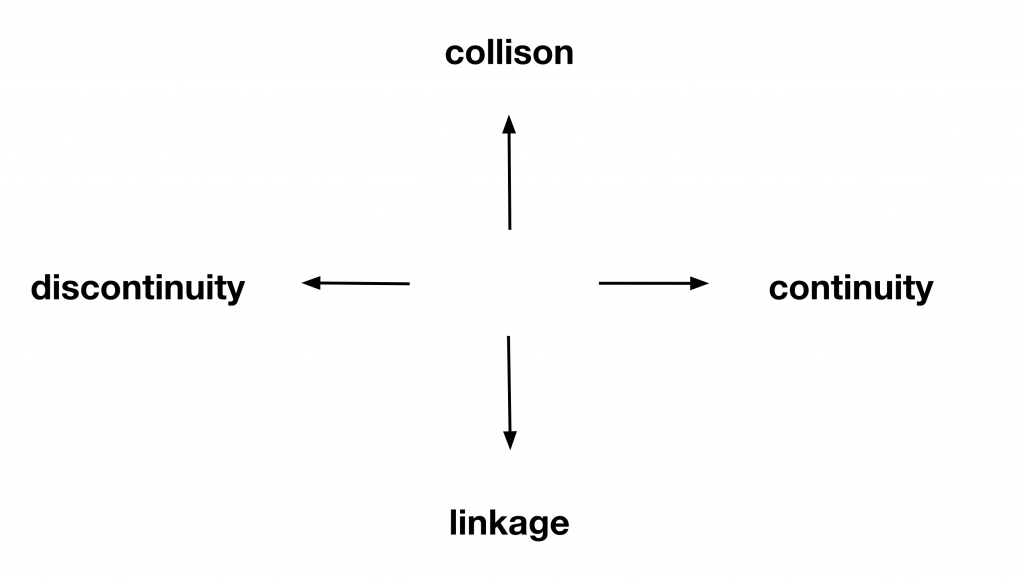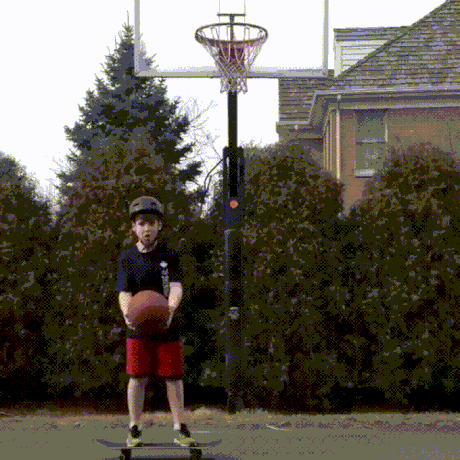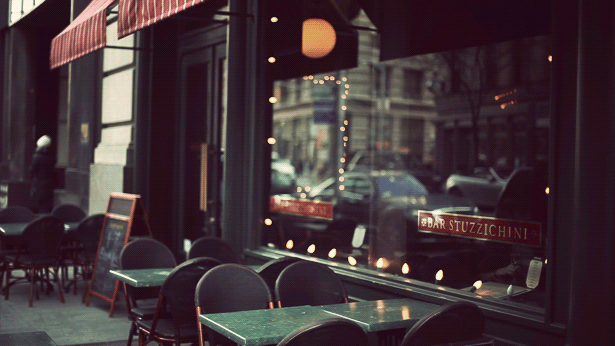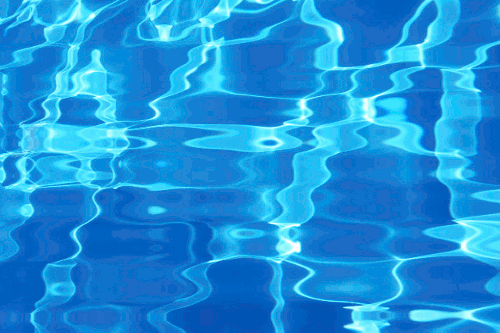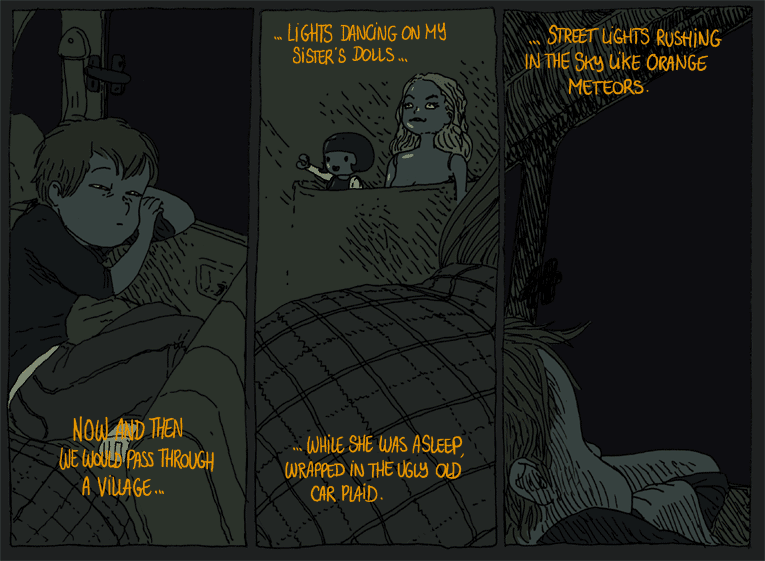To Do This Week
Assignment: Break Space (5%)
Shoot and edit a 30-60 second video that uses montage or discontinuity in editing to evoke an idea, emotion, dream, or thought process.
Read:
Blog Prompt
The art of cinema involves the manipulation of the viewer’s experience of time. The duration of a shot is like a temporal framing. In Time Frames, McCloud describes the various comics techniques for creating different temporalities. Consider the framed panel in a comic as a cinema shot. Wider or longer panels are like shots with longer durations (“long takes”), while smaller panels are like shots with shorter durations. The main difference between comics and film is that in a comic, the reader has a spatial “time map” in the simultaneous display of frames, while in cinema, shots are mostly sequential and present an unfolding now. Discuss an aspect of McCloud’s visual essay that inspires thoughts about time manipulation in digital cinema or reflect on a movie scene that creatively plays with time.
Class
View:
Break Space videos
Overview: Montage
- Metric: Editing follows a specific number of frames or duration of a shot.
- Rhythmic: Editing based on movement in the frame; continuity editing is rhythmic.
- Tonal: Editing follows visual correspondences or associations for emotional effect (e.g., graphic match).
- Overtonal: Combines metric, rhythmic, and tonal (e.g., chase scenes or intense action).
- Intellectual: Editing to create abstract, non-representational ideas.
Scott McCloud: Time Frames
- Time as expressive: panels, frames, shots, fragments.
- The frame/shot as a container of time; subjective qualities of time.
- Stasis/movement within the frame.
- Time duration and the long take.
- Cinema as an unfolding “now,” even when portraying the past.
- Timelessness.
- Repetition and looped time.
- Simultaneous events and parallel action.
Parallel Action / Cross-Cutting
-
- Converging lines and continuity pacing.
- Condensed Time
Expanded time through cross-cutting: screen time > story time.
Alternating Expanded and Condensed Time
160 Characters by Victoria Mapplebeck
Long Take
Screen time = story time
The Cranes Are Flying by Mikhail Kalatozov
Complex Narrative Time
Narrator-driven, voice-over, multiple levels of story time.
Associational Montage
Timelessness
Loops
Expressive Repetition
“The Faithful Heart” by Jean Epstein (1923):
Exact Repetition
Short-term memory = under 20 seconds
Narrative loops: Beginning → Middle → End
Semi-Static (Infinite Loop)
Montage Loops
-
- Variable duration of each shot:
— FookedonHonix (@morgantj) April 14, 2020
— FookedonHonix (@morgantj) June 30, 2018
Loops in New Media
Movement and Interactivity:
FilmText by Mark Amerika
Zoe Beloff
Simultaneous Loops
Spatial montage = “coexisting temporalities” (Lev Manovich):
Flora Petrinsularis by Jean-Louis Boissier (1993)
Interactive Cinema by Uda Atsuko
Sequential Loops
Eric Loyer calls these comic panel loops “temporal polyrhythms”:
“Our Toyota Was Fantastic” – Gilles Roussel a.k.a. Boulet
Nested Loops
An asynchronous assemblage of nested loops offers a picture of fractal time: simultaneous temporalities of different scales, rhythms, and durations.
Cinemagraphs
Portion of the image is in movement:
In-Class Loop Activity
In small groups, come up with ideas for loops in each category. Shoot and edit together:
- Continuity loop
- Montage loop
- Infinite loop
- Narrative loop (Beginning → Middle → End)
Assignment: Due Next Class
Loops (5%)
No more than 10 seconds per loop:
- Shoot and edit 3 video loops (6-10 second mini-narratives) that depict or evoke different subjective experiences of time: cyclic, slow, timeless, frantic, rhythmic.
- In one loop, incorporate continuity editing (POV shot, match on action, etc.) to maintain unity.
- In another, use a more discontinuous/montage style by contrasting edited shots (e.g., dark/light, fast/slow, close-up/long-shot).
- For the third, create a perfect/infinite loop or a mini-narrative loop.
To emphasize duration, vary shot lengths: a 4-second shot between 2-second shots will stretch time. Repeat each loop 3-5 times in the video track before uploading to YouTube or Vimeo.
Final Project (20%)
Length: Up to 5 minutes total, ideally 2-3 minutes.
Create a final project exploring at least two techniques of “digital cinema” discussed in class: continuity, montage, temporal manipulation, video loops, glitched video, composited video, networked video, hyperlinked video, database video, or video essay.
- Formats can include fiction, non-fiction, abstract, or experimental projects.
- The project must use video and incorporate thoughtful editing, engaging with class ideas in its conception.
Suggested ideas:
- A short documentary
- A short fiction
- A video essay
- A prototype YouTube web series (2-3 short episodes)
- Video loops in a hyperlinked HTML project
- A multilinear database narrative (HTML-based)
Note: Group projects are allowed. Each student must write an artist statement about their project.
